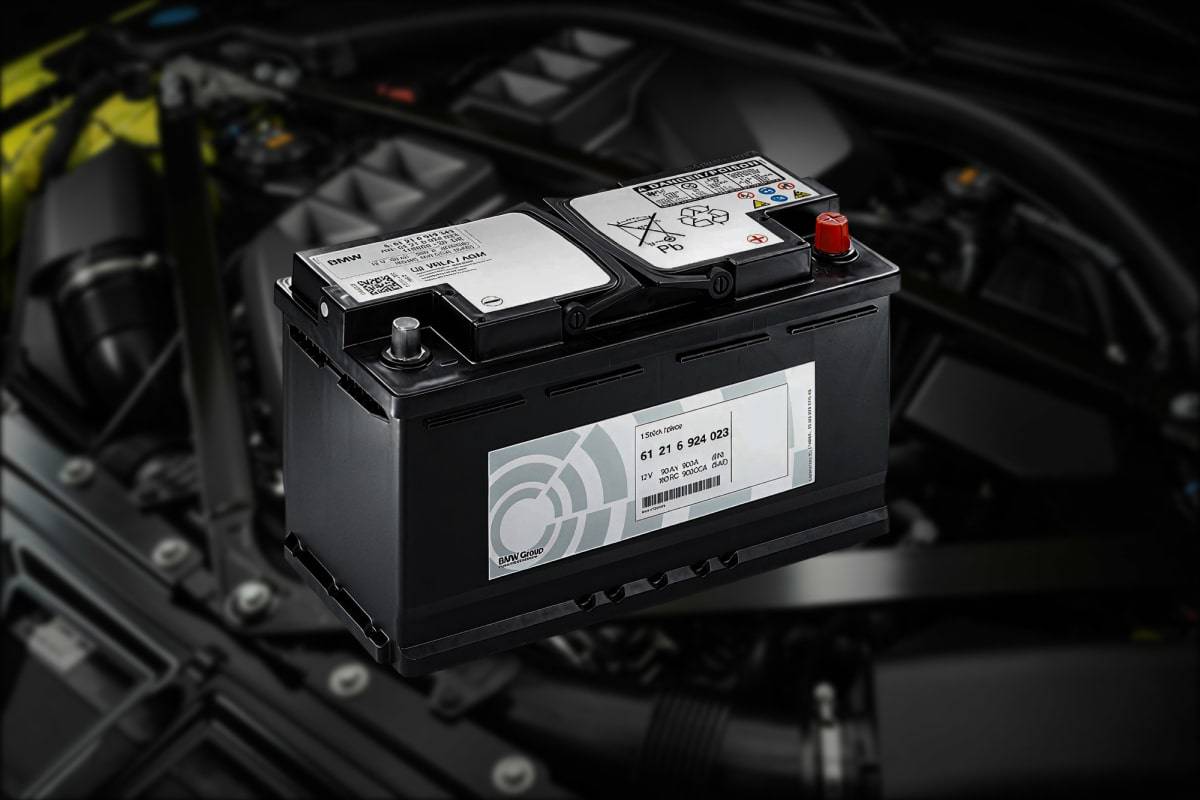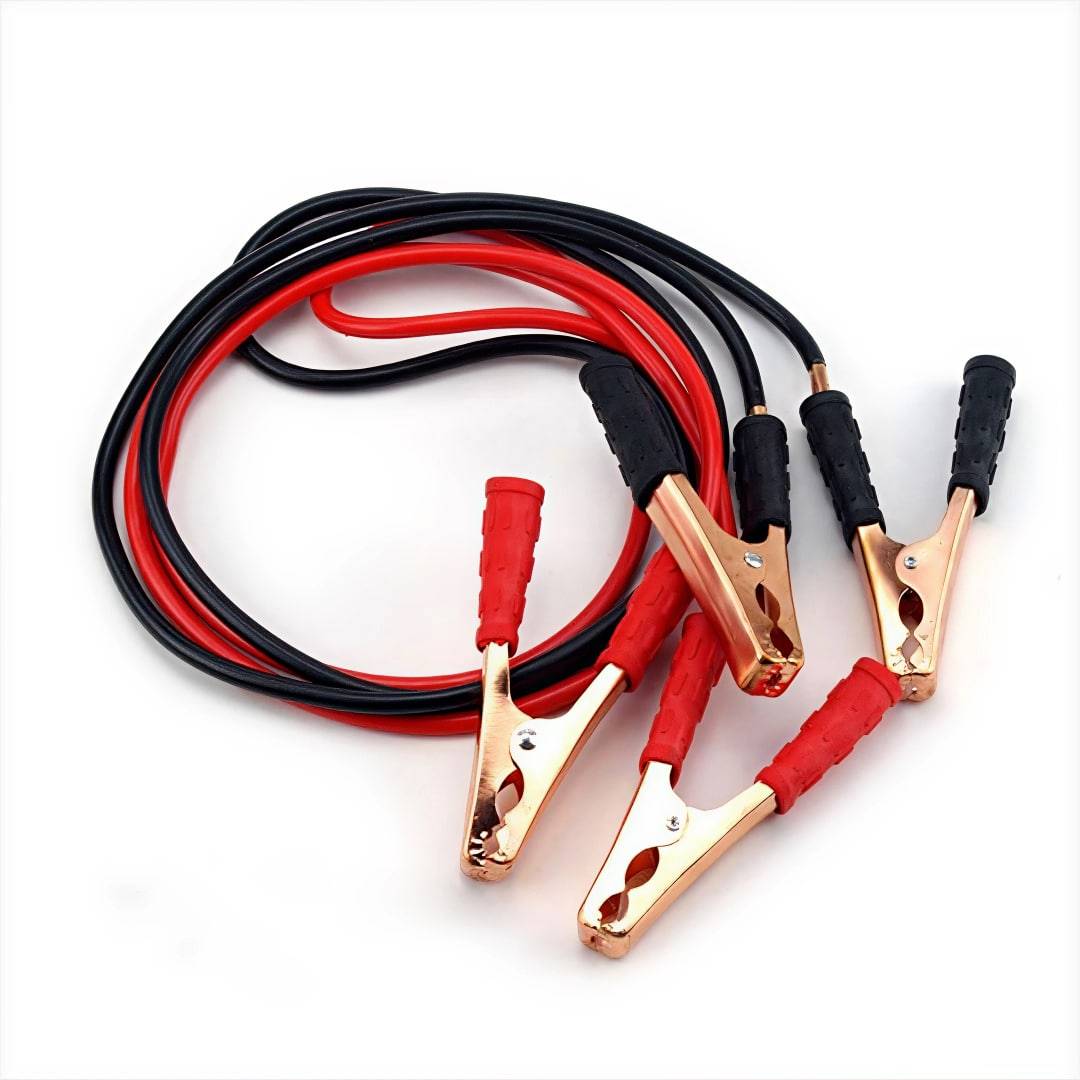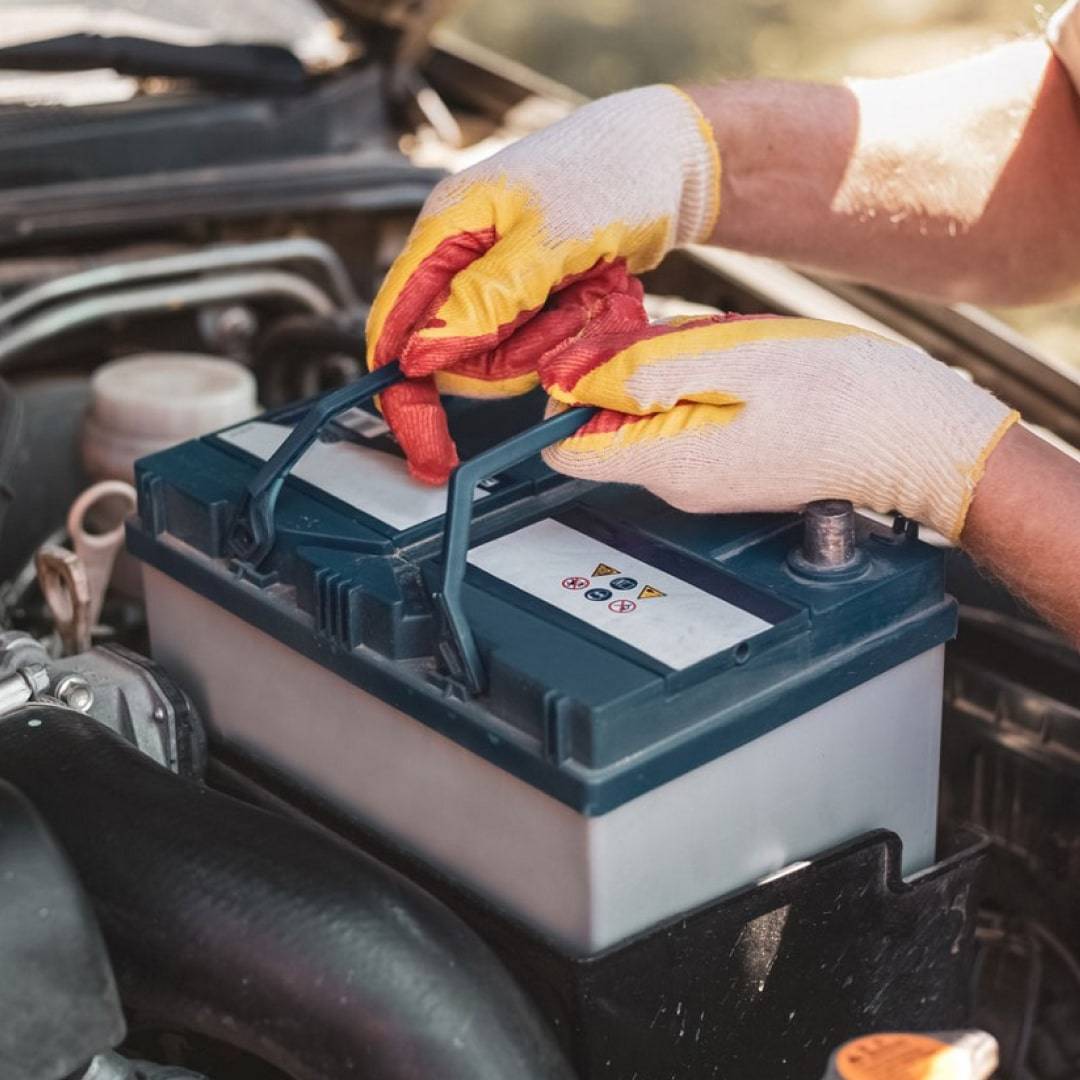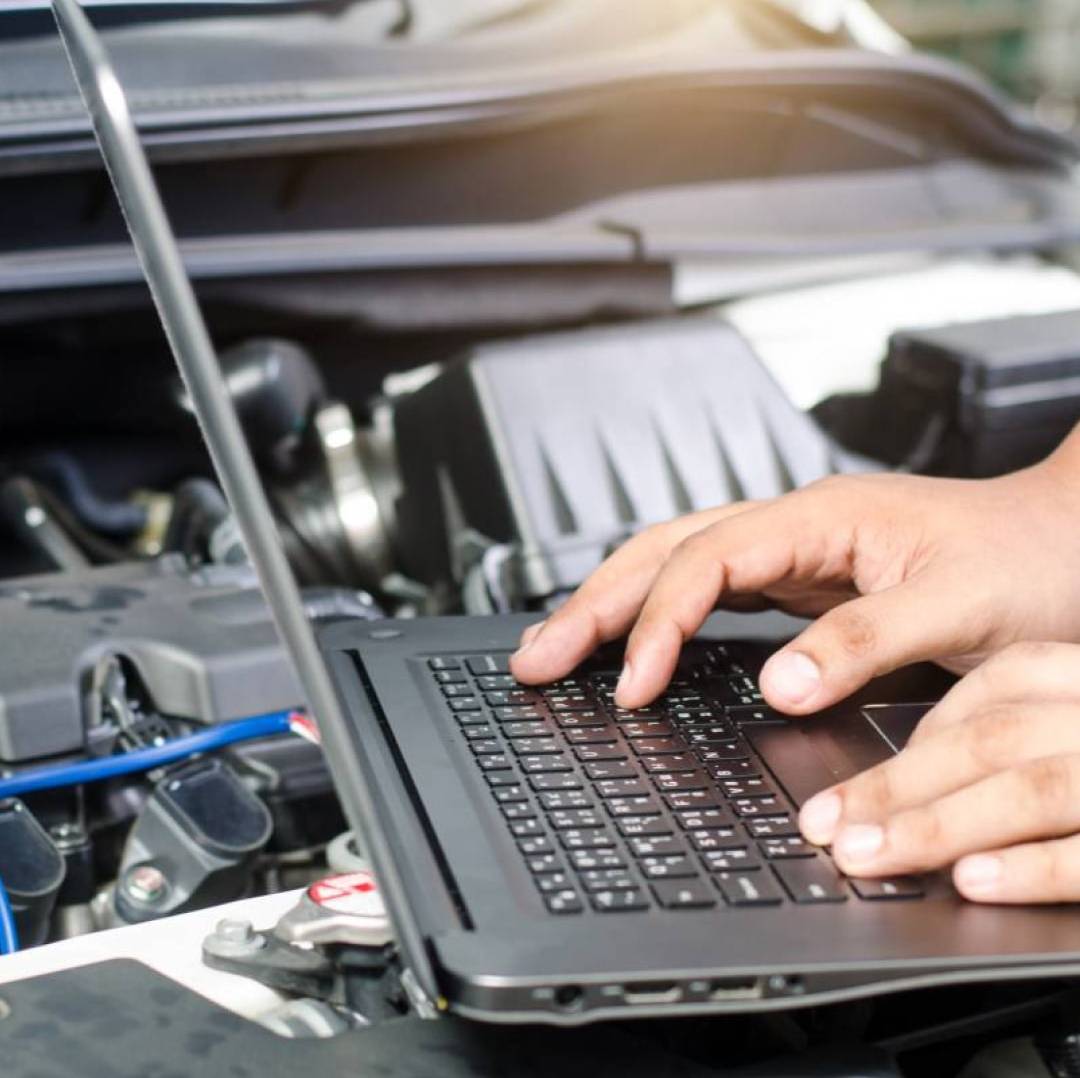[[post.title]]
We're changing for you!
Check out our new website
We're changing for you!
Check out our new website
Mar 12, 2025

Welcome to our shock therapy session for car batteries, where we'll spark your knowledge and recharge your confidence in handling any roadside power emergencies. Yup, today, we’re going to teach you all about the BMW jump start procedure!
Picture this – you’re all dressed up, running late for an important meeting or a date, and your BMW won’t start. Pressing the starter button results in only a sad clicking sound, the engine isn’t cranking. Don't panic though! Your bimmer isn't permanently grounded.
Coming up:
We hope you won’t be too shocked by these findings. Okay, okay! That’s the last of electric jokes… for now. Anyway – enjoy the read!
Don't worry, we've all been in the abovementioned situation. Even your BMW, despite all of its German overengineering, can get powerless.
Jump-starting a BMW isn't rocket science, but it's not exactly like jump-starting your grandpa's old Chevy either. Bimmers have their own special quirks and features, including unique battery locations and specific jump start points, that make the process a bit more complicated. Let’s just say it's like the difference between making instant coffee and crafting a perfect espresso – both get you caffeine, but one requires a bit more finesse.
Before we go on explaining how, it’s worth finding out why you might even need to jump-start your car in the first place.
 Now, let's focus on properly jump-starting your BMW. This is an area where precision matters, so pay close attention to the following instructions. BMWs feature sophisticated electronic systems that require careful handling during the jump start process.
Now, let's focus on properly jump-starting your BMW. This is an area where precision matters, so pay close attention to the following instructions. BMWs feature sophisticated electronic systems that require careful handling during the jump start process.
Following the correct procedure is essential not only to successfully restart your vehicle, but also to protect its sensitive electronics from potential damage. Incorrect jump-starting methods can lead to costly repairs, so it's worth taking the time to do it right.
Unlike many vehicles where you connect directly to the battery, many BMWs feature dedicated jump start terminals. For most of their models, you'll find the positive terminal under a red plastic cover marked by a "+" symbol in the engine bay.
The negative terminal—or rather the ground point—should be located somewhere in the vicinity of the positive terminal. Usually, it will take the form of a metal bolt, sometimes with visible wiring going away from it. If you aren’t sure where to connect the jumper cables on your BMW, consult the user manual or try to find the exact instructions on the Internet.
If your car has its battery hidden in the trunk, you'll still use the designated jump points under the hood.
For the jump-starting procedure, you'll need:
*IMPORTANT! The donor vehicle should, preferably, have a more powerful battery. For example: a diesel car can be a donor for a gasoline one, but not the other way around, as you’ll risk exhausting the donor battery without starting the dead vehicle.
Oh, and remember to keep the voltage the same! Don’t try to jump-start your 12-volt-battery car with a 24-volt-battery truck… unless you enjoy the smell of fried electronics.
Get the donor vehicle as close as possible to your BMW without creating a fender-bender situation, since you don't want to compound your battery problem with bodywork. The cars should be close enough for the jumper cables to reach comfortably, but they don’t have to be touching.
Make sure both vehicles are turned OFF. And yes, that means completely off – not accessory mode, not "I can still hear the fan running" off, but FULLY off. For extra safety, put both cars in a “Park” (or neutral in the case of manual transmissions) and engage their parking brakes.
Here comes the part where paying attention really matters. CAUTION! You should keep the clamps away from each other at all times and connect them to your battery in the exact order described below. Touching the clamps together or to the terminals at the wrong time will damage your car’s electrical system.
What can make it all easier to remember is this little “rhyme”: red to dead, red to the donor, black to the donor, black to ground. Getting this wrong is kind of like mixing up the ingredients in a bomb recipe, though not as deadly (but still dangerous!).
If you aren’t sure you’ll manage, call your roadside assistance or have your car towed to your dealership. You don’t have anything to prove to anyone and we’d rather you stayed safe to keep enjoying your bimmer ;)
Start the donor vehicle and let it run for about 2–3 minutes. This allows some initial charge to flow to your BMW's battery. Think of it as giving your battery a motivational pep talk before asking it to perform.
Now for the moment of truth – try to start your BMW. If the battery gods happen to be smiling upon you, your engine should fire up. If it doesn't start right away, don't panic. Wait another minute or two with the donor car still running, then try again.
Once your BMW starts, leave it running to let the alternator recharge the battery!
The disconnection process is basically the reverse of how you connected them, but it's not just about going backward:
This specific order helps prevent sparks from occurring near the battery.
So you've successfully jump-started your BMW and you're feeling like an automotive wizard. Before you drive off into the sunset, remember that a jump start may be just a temporary fix – like putting a Band-Aid on a broken arm. To properly address the issue, you need to fully charge your battery or, if it's on its last legs, replace it entirely.
DO:
DON'T:
Ah, the million-dollar question! BMW, in their infinite wisdom and space-optimization efforts, have played a fun game of "hide the battery" across their various models. It's like an Easter egg hunt, except it's not Easter, there are no chocolates, and you're possibly stranded in a parking lot.
In many newer BMW models, the battery isn't under the hood where logic and tradition would place it. Instead, it might be:
This unusual battery placement actually serves a purpose beyond confusing mechanics and owners alike. It helps with weight distribution, provides more space under the hood for those twin-turbo goodies, and keeps the battery at a more stable temperature, which can extend its life. So while it might seem like BMW is just being difficult, they actually had your best interests at heart... sort of.
 When it's time to charge your BMW's battery directly, you have a few options, each with varying degrees of convenience and effectiveness:
When it's time to charge your BMW's battery directly, you have a few options, each with varying degrees of convenience and effectiveness:
If your battery is accessible, you can connect a traditional battery charger directly to it. Just make sure it's a quality charger with settings appropriate for your BMW's battery type (usually AGM or EFB in modern BMWs, not the standard lead-acid your dad used to use).
Don't want to disassemble half your car to access the hidden battery? Many BMW owners use the jump start terminals under the hood to connect their chargers. This works well and saves you from contorting yourself into positions that would impress a yoga instructor.
For the BMW enthusiast who wants to do things "the right way," there are BMW-specific chargers designed to work with your vehicle's electrical system. These often connect through the OBD port or cigarette lighter and can maintain your battery without even opening the hood. They're like the first-class option of battery charging – more expensive, but with better service.
 Sometimes, despite your best efforts, your battery is simply ready for the great recycling bin in the sky. Most BMW batteries last 3–5 years, though this can vary based on your driving habits, climate, and whether you've installed that power-hungry after-market sound system that makes your car thump like a nightclub on wheels.
Sometimes, despite your best efforts, your battery is simply ready for the great recycling bin in the sky. Most BMW batteries last 3–5 years, though this can vary based on your driving habits, climate, and whether you've installed that power-hungry after-market sound system that makes your car thump like a nightclub on wheels.
Replacing a BMW battery isn't just about swapping the old for new – these sophisticated vehicles require battery "registration" or "coding" to the vehicle's computer system. Skip this step, and your BMW might act like it's possessed, throwing error messages and behaving erratically despite the new battery. For the hands-on BMW owner, we offer professional-grade BMW Battery Registration Cables that allow you to complete the process yourself. These cables connect your vehicle to the appropriate software, enabling you to register the new battery to your BMW's computer system. It's the perfect solution for enthusiasts who enjoy maintaining their vehicles while ensuring factory-standard results. If you want to read more about the process — proceed here.
Jump-starting a BMW might seem like a daunting task when you're standing in a dark parking lot with a dead battery. However, once you know how to do it, it's actually quite manageable. Just remember that:
Here’s to hoping that you won’t ever have to use these tips – but if you do, we’ll be rooting for you!
Locate the jump start points of your car. With the donor car near the dead one, connect the jumper cable clamps in a correct sequence: red to dead (1), red to the donor (2), black to the donor (3), black to ground (4). DON’T LET THE CLAMPS TOUCH EACH OTHER. Start the engine of the donor vehicle and let it run for about 2–3 minutes to charge the dead battery a bit. If the dead car starts after that, CAREFULLY disconnect the jumper cables in reverse.
Many BMWs have their battery located in places other than the engine bay (as is traditional for most cars). BMW batteries can often be found in the trunk or under the rear seats.
If your alternator is working fine, you should be able to charge up your car with a longer drive. In a pinch, try keeping the jumper cables clamped onto the BMW battery for a bit after you’re done jump-starting your car. There are also special car battery chargers you could borrow or have your mechanic use.
If you’ve done everything properly and as described in our article, it might mean that either something is wrong with the jumper cables or the battery might be completely dead. Try the jump-starting procedure with another set of cables or call roadside assistance.
Customer Reviews
Comments
Rate the product
This email is already registered.
Please Log In to continue.
Categories:
[[cat.label]] ([[cat.data.length]])Popular posts:
Newsletter
Let us find
the right version for you
We'll confirm pricing, compatibility and product details for your car:
Enter your VINLocate the jump start points of your car. With the donor car near the dead one, connect the jumper cable clamps in a correct sequence: red to dead (1), red to the donor (2), black to the donor (3), black to ground (4). DON’T LET THE CLAMPS TOUCH EACH OTHER. Start the engine of the donor vehicle and let it run for about 2–3 minutes to charge the dead battery a bit. If the dead car starts after that, CAREFULLY disconnect the jumper cables in reverse.
Many BMWs have their battery located in places other than the engine bay (as is traditional for most cars). BMW batteries can often be found in the trunk or under the rear seats.
If your alternator is working fine, you should be able to charge up your car with a longer drive. In a pinch, try keeping the jumper cables clamped onto the BMW battery for a bit after you’re done jump-starting your car. There are also special car battery chargers you could borrow or have your mechanic use.
If you’ve done everything properly and as described in our article, it might mean that either something is wrong with the jumper cables or the battery might be completely dead. Try the jump-starting procedure with another set of cables or call roadside assistance.
Customer Reviews
Comments
Rate the product
This email is already registered.
Please Log In to continue.
[[comment.name]]
[[comment.text|raw]]
BimmerTech
Newsletter
[[comment.name]]
[[comment.text|raw]]
BimmerTech